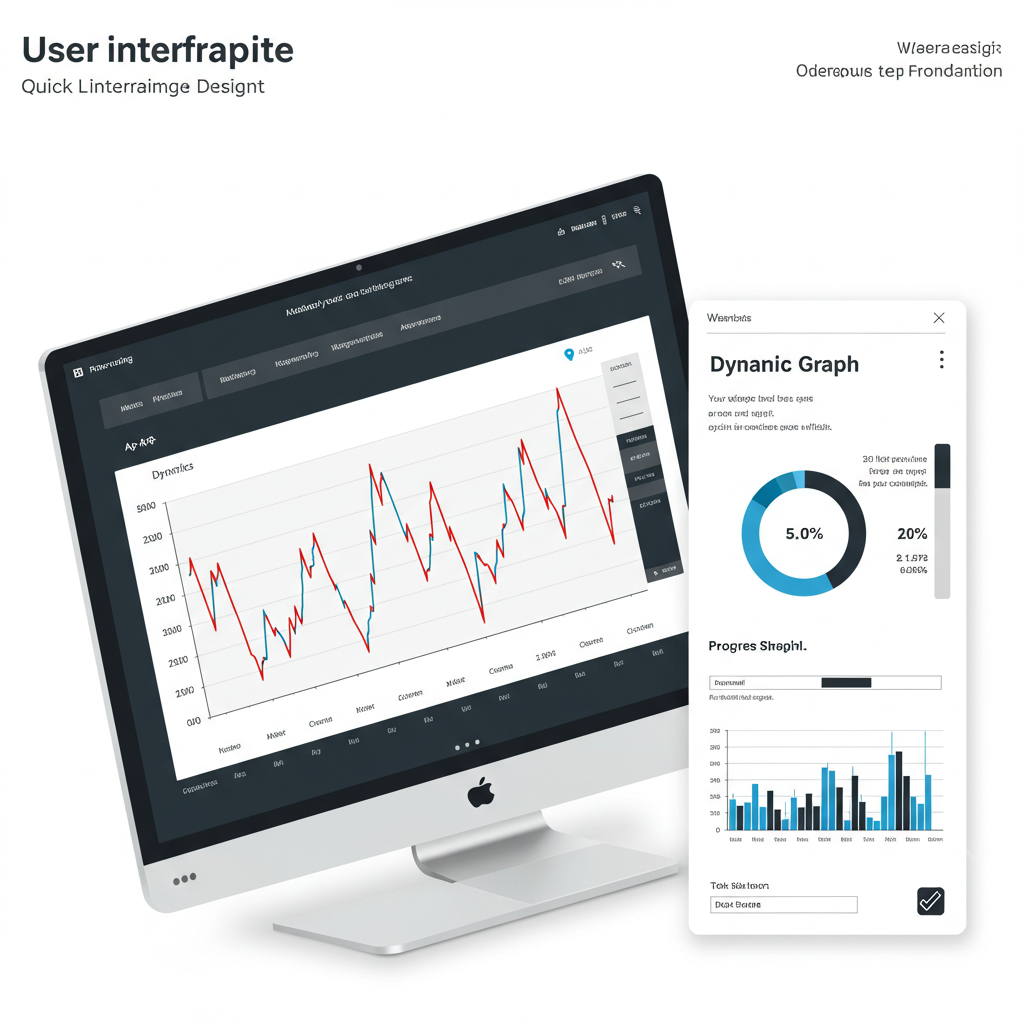Web Development Process

Web development is a structured process that involves various stages, from planning to deployment. A well-developed website enhances user experience, improves functionality, and ensures high performance. Whether you are a beginner or an expert, understanding the web development process is essential to creating a successful website.
In this article, we will explore the key stages of the web development process and how they contribute to building an effective website. Additionally, we will discuss the role of SEO management and how businesses like Delta Graphic can benefit from a well-optimized website.
1. Planning and Research
The first step in web development is planning and research. This involves defining the goals and objectives of the website. Developers work closely with clients to understand their business needs, target audience, and competitors. A well-structured plan ensures that the website meets user expectations and achieves business goals.
Key Activities in This Stage:
-
Defining website goals and objectives
-
Conducting market and competitor research
-
Identifying target audience
-
Creating a project roadmap
2. Designing the Website
Design is a crucial aspect of web development. A visually appealing and user-friendly design enhances the overall experience of visitors. Designers use tools like Adobe XD, Figma, and Sketch to create mockups and wireframes.
Important Design Elements:
-
Layout and navigation
-
Color scheme and typography
-
Responsive design for mobile-friendliness
-
UI/UX considerations
A company like delta graphic, which specializes in creative design, plays a significant role in ensuring that websites are visually compelling and engaging.
3. Development and Coding
Once the design is approved, developers start coding the website. This stage involves front-end and back-end development.
Front-End Development:
-
Uses HTML, CSS, and JavaScript
-
Implements interactive elements
-
Ensures responsiveness across devices
Back-End Development:
-
Manages database and server-side operations
-
Uses programming languages like PHP, Python, or Node.js
-
Implements security features
Developers follow best coding practices to ensure the website functions efficiently and loads quickly.
4. Content Creation and Integration
Content is a vital component of any website. High-quality content improves engagement and boosts SEO performance.
Types of Content:
-
Text (Articles, Blog Posts, Product Descriptions)
-
Images and Graphics
-
Videos and Animations
Effective SEO management ensures that the content is optimized for search engines. This includes using relevant keywords, meta tags, and structured data to enhance website visibility.
5. Testing and Debugging
Before launching the website, it undergoes rigorous testing to identify and fix errors.
Testing Aspects:
-
Functionality Testing: Checking if all features work as expected
-
Compatibility Testing: Ensuring the website works on different browsers and devices
-
Performance Testing: Optimizing load time and speed
-
Security Testing: Identifying vulnerabilities and enhancing protection
Thorough testing ensures that the website provides a seamless experience to users.
6. Deployment and Launch
Once testing is complete, the website is deployed to a live server. Developers configure domain settings, hosting, and SSL certificates to ensure security.
Key Deployment Steps:
-
Uploading files to the server
-
Configuring database connections
-
Setting up security protocols
-
Conducting a final review before launch
After deployment, continuous monitoring is necessary to track performance and address issues.
7. Maintenance and Updates
Web development doesn’t end with deployment. Regular maintenance is essential to keep the website updated and secure.
Maintenance Tasks:
-
Fixing bugs and errors
-
Updating software and plugins
-
Enhancing security measures
-
Adding new features and content
Effective SEO management also requires continuous monitoring to improve rankings and drive organic traffic.
Conclusion
The web development process is a comprehensive journey that involves multiple stages, from planning to maintenance. Each step plays a critical role in ensuring that the website meets business goals and provides an excellent user experience.
A well-developed website, combined with professional design services from Delta Graphic and strong SEO management, can significantly enhance online visibility and business growth. By following a structured approach, businesses can create functional, visually appealing, and high-performing websites that attract and retain visitors.
- Questions and Answers
- Opinion
- Motivational and Inspiring Story
- Technology
- Live and Let live
- Focus
- Geopolitics
- Military-Arms/Equipment
- Security
- Economy
- Beasts of Nations
- Machine Tools-The “Mother Industry”
- Art
- Causes
- Crafts
- Dance
- Drinks
- Film/Movie
- Fitness
- Food
- Games
- Gardening
- Health
- Home
- Literature
- Music
- Networking
- Other
- Party
- Religion
- Shopping
- Sports
- Theater
- Health and Wellness
- News
- Culture

